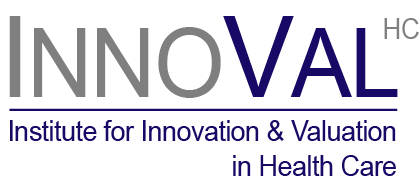Industrial Economics
Globally, international biopharmaceutical companies have been reported to spend around 250 billion US-$ per annum (according to data from 2021 and 2022) on research and development (R&D). These R&D expenditures represent a growing share of net revenues, for U.S. firms now averaging about 19 percent over the past two decades according to data from Bloomberg (cf. CBO, 2021). The high R&D intensity of the industry reflects its economic imperative to create a steady stream of innovative products.
Given the value drivers and the cost structure of research-based biopharmaceutical companies, R&D spending decisions typically hinge on the expected life-time revenues from a new product, the cost, time, and risk of development, as well as the international regulatory environment, i.e., policies designed to influence market access, pricing, and reimbursement of pharmaceutical products.

The work of our Institute and its members is focused on contributing to a better understanding of the critical success factors of R&D, at the levels policy, portfolio, and project management, and on translating these insights into practice at all levels.
More detailed information will follow soon, including projects on the following topics:
- Cost of R&D
- Strategic R&D Management
- Early Strategic Value Assessments
- Project and Portfolio Valuation
